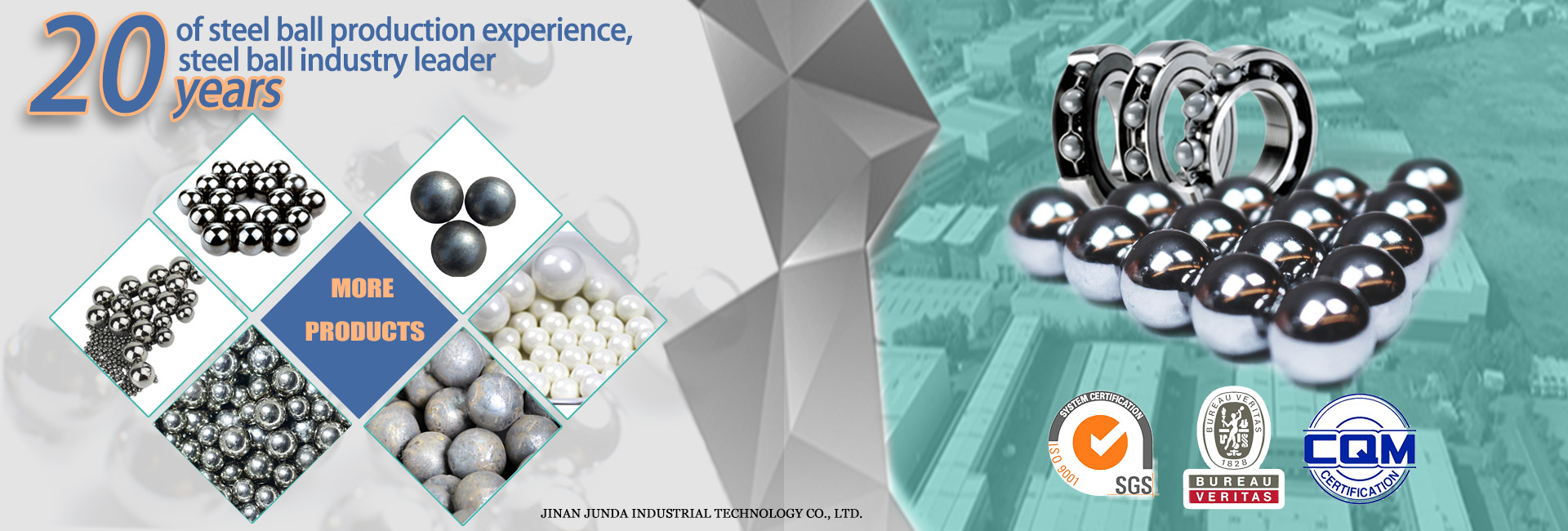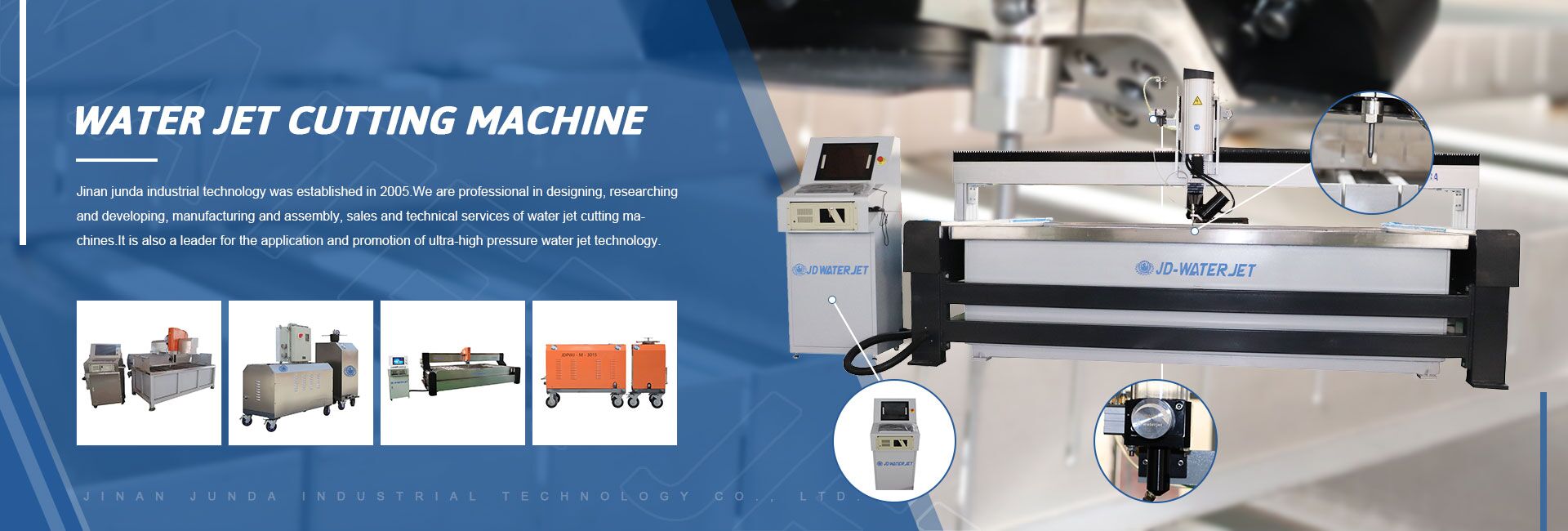There are obvious differences between bearing steel ball and non-standard steel ball in material, manufacturing process, application scope, quality requirements and so on. The differences between the two types of steel balls are described in detail below.
Bearing steel ball is a component used for bearing devices, usually made of high-quality bearing steel material, with excellent mechanical properties and wear resistance. Bearing steel ball size, smooth surface, usually used in high-speed rotating devices, can withstand large loads, and has a long service life. The manufacturing process of bearing steel ball is more complex, and it needs to carry out heat treatment, grinding, polishing and other processes to ensure the stability of its quality and performance. In addition, the bearing steel ball has strict dimensional requirements, and is inspected according to the standard provisions to ensure the accuracy of its match with the bearing.
The non-standard steel ball refers to the steel ball that does not meet the requirements of the standard, and is usually used in some special equipment and processes. Non-standard steel balls can be customized according to the needs of users, including the requirements of size, material, hardness and other parameters. Compared with bearing steel balls, non-standard steel balls are more flexible in the manufacturing process and field of use, and can be produced and applied according to different needs. The manufacturing process of non-standard steel balls is relatively simple, usually using cold forging, rolling and other methods to form, while polishing the surface to improve the surface quality of the steel balls. The quality requirements of non-standard steel balls are also relatively low, and usually only need to meet the needs of users.
For the application range of bearing steel balls and non-standard steel balls, bearing steel balls are mainly used in bearing devices, such as automotive engines, wind turbines, motors and other equipment, to provide support and guidance functions. Non-standard steel ball due to its manufacturing and use of flexibility, the scope of application is more extensive, can be used in abrasive, chemical, food, natural gas, liquid transmission and other industries and fields.
In addition, bearing steel balls and non-standard steel balls are also different in material. Bearing steel balls are usually made of high-quality bearing steel materials, such as GCr15, GCr10, etc., to ensure that they have sufficient hardness and wear resistance. The material of non-standard steel balls can be selected according to user needs, and there is more room for choice.
There are obvious differences between bearing steel ball and non-standard steel ball in material, manufacturing process, application scope, quality requirements and so on. In general, there are obvious differences between bearing steel balls and non-standard steel balls in terms of material, manufacturing process, scope of application and quality requirements. As an important mechanical component, bearing steel ball has high quality requirements and size, and is used in high-speed rotating equipment. The non-standard steel ball is mainly customized according to user needs, with more flexible manufacturing and use, and a wider range of application. The differences between the two types of steel balls are described in detail below.
Bearing steel ball is a component used for bearing devices, usually made of high-quality bearing steel material, with excellent mechanical properties and wear resistance. Bearing steel ball size, smooth surface, usually used in high-speed rotating devices, can withstand large loads, and has a long service life. The manufacturing process of bearing steel ball is more complex, and it needs to carry out heat treatment, grinding, polishing and other processes to ensure the stability of its quality and performance. In addition, the bearing steel ball has strict dimensional requirements, and is inspected according to the standard provisions to ensure the accuracy of its match with the bearing.
The non-standard steel ball refers to the steel ball that does not meet the requirements of the standard, and is usually used in some special equipment and processes. Non-standard steel balls can be customized according to the needs of users, including the requirements of size, material, hardness and other parameters. Compared with bearing steel balls, non-standard steel balls are more flexible in the manufacturing process and field of use, and can be produced and applied according to different needs. The manufacturing process of non-standard steel balls is relatively simple, usually using cold forging, rolling and other methods to form, while polishing the surface to improve the surface quality of the steel balls. The quality requirements of non-standard steel balls are also relatively low, and usually only need to meet the needs of users.
For the application range of bearing steel balls and non-standard steel balls, bearing steel balls are mainly used in bearing devices, such as automotive engines, wind turbines, motors and other equipment, to provide support and guidance functions. Non-standard steel ball due to its manufacturing and use of flexibility, the scope of application is more extensive, can be used in abrasive, chemical, food, natural gas, liquid transmission and other industries and fields.
In addition, bearing steel balls and non-standard steel balls are also different in material. Bearing steel balls are usually made of high-quality bearing steel materials, such as GCr15, GCr10, etc., to ensure that they have sufficient hardness and wear resistance. The material of non-standard steel balls can be selected according to user needs, and there is more room for choice.


Post time: Dec-28-2023







